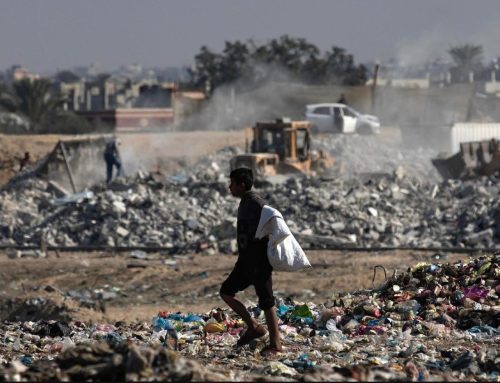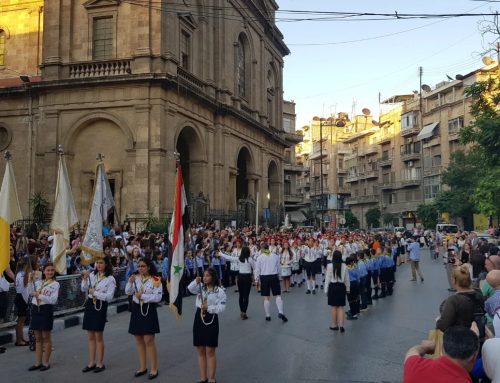JERUSALEM – The mapping of the floor of the Basilica of the Holy Sepulcher began a few days ago. The work is conducted by the Foundation Centre for the Conservation and Restoration of Cultural Heritage La Venaria Reale (Center for Conservation and Restoration), in Turin, and the Department of Antiquity Sciences of La Sapienza University in Rome.
The commitment of the two Italian academic institutions is part of an agreement signed between the three major Holy Land Christian communities, custodians of the Basilica and responsible for the Status Quo within the Holy Sepulcher.[1]
Based on this understanding between the major Christian denominations, last October the Custody of the Holy Land signed a collaboration agreement with the Ccr of La Venaria Reale in Turin and the Department of Antiquities of La Sapienza University of Rome. On the basis of this agreement, the two Italian university bodies undertake to carry out a historical-archaeological study on the current state of the floor of the Basilica of the Holy Sepulcher, so as to draw up, at a later time, an executive project of the restoration interventions that are necessary.
The first stage of this work is the mapping of the floor, an operation that consists in the documentation of the entire flagstone floor of the Basilica by means of a laser scan, re-working it digitally, “stone by stone.” Speaking to the Christian Media Center, the Palestinian architect Osama Hamdam of the Al Quds University of Jerusalem, who is working on the project, explained how the second phase of the program is fundamentally structured in the analysis of the mapping document in order to assess “evaluate the state of conservation. This means evaluating the degradation that every stone and every slab on this floor has suffered.” This would allow at the same time also to study “the type of material, the origin, where the material which made the floor of the Basilica comes from.”
Besides the great value reserved for the need to preserve the Holy Sepulcher as a cultural asset, this project is significant especially for the safety of the structure and consequently for the safety of visitors, who have grown exponentially in the last year.
By: Filippo De Grazia
Source: Latin Patriarchate of Jerusalem






